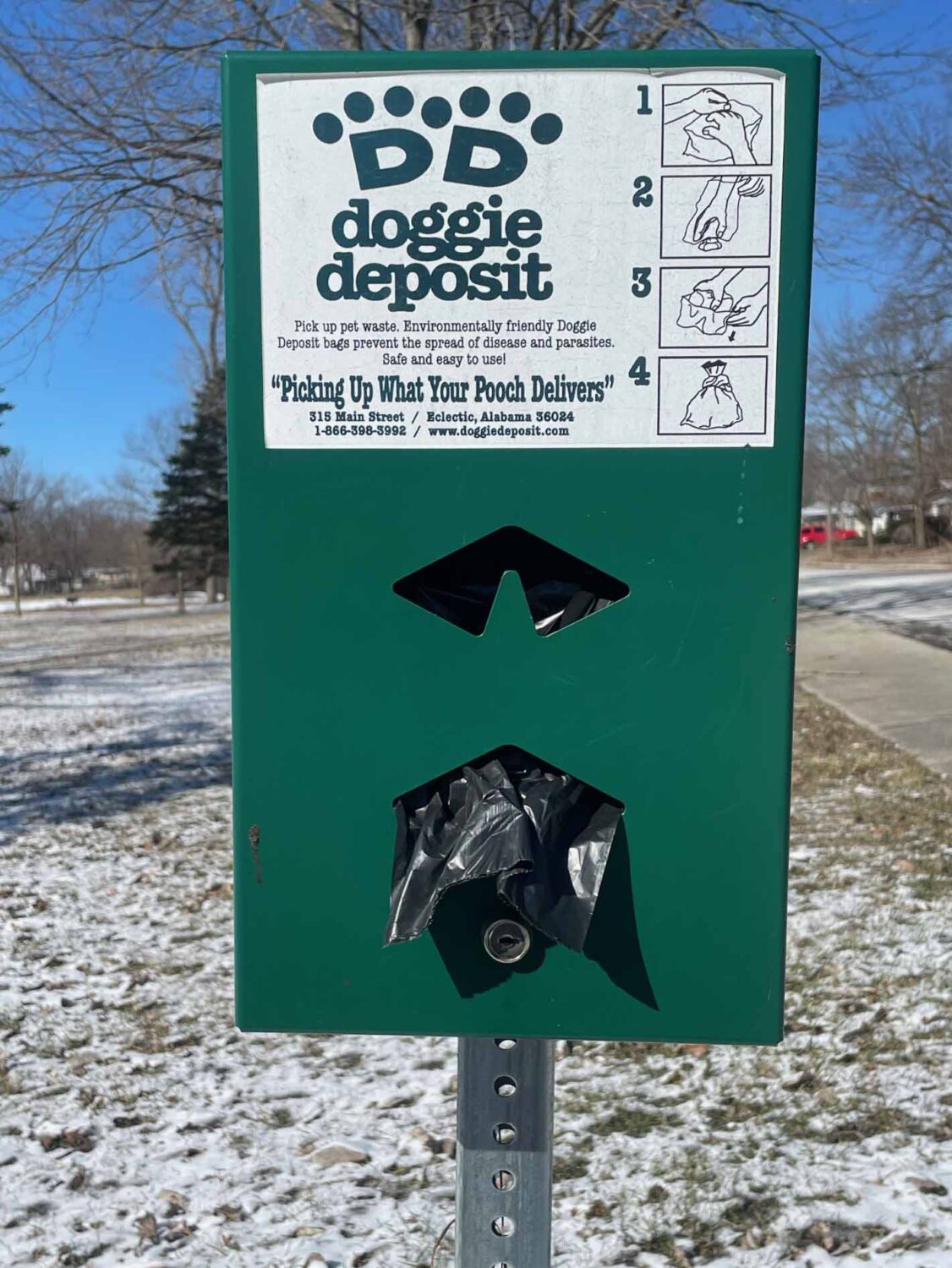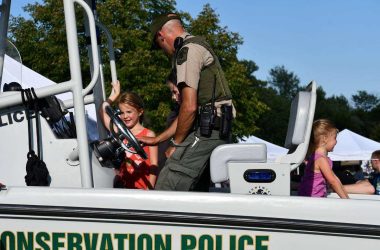
Park Forest, IL-(ENEWSPF)- Ever wonder about Park Forest village ordinances? What do they encompass? How are they enforced? Where can a resident go with questions?
eNews Park Forest is running a series of articles addressing many of those questions, from parking regulations and house remodeling requirements to animal regulations.
eNews Park Forest worked with village representatives to provide accurate and up-to-date information. If there are specific ordinances that you would like explained, please send questions to [email protected]. eNews will try and answer them in future articles.
The series begins with ordinances associated with animals – specifically dogs and cats. During the COVID pandemic, the number of dogs and cats adopted increased significantly. According to a report published by the American Society for the Prevention of Cruelty to Animals (ASPCA), over 23 million American households adopted a pet during this period.
This adoption rate was not surprising given that many people worked from home during the pandemic and had the time to care for their new additions.
We present a few common questions about village pet ordinances. eNews Park Forest consulted with Park Forest Deputy Police Chief John DeCeault to ensure accuracy.

How many pets per household?
According to current ordinances, residents in Park Forest may not own or harbor more than three dogs and cats in any residential unit.
What are the rules about securing dogs?
The Park Forest ordinances clearly state that residents may not permit a dog to run at large in the village. A fence or leash must restrain dogs, and the leash must not allow the dog to access adjacent properties or within five feet of a street, parkway, or sidewalk. Owners living in multi-family buildings must secure their dog on a chain or leash not exceeding six feet in length.
Where in the village are dogs and cats forbidden?
No one may bring dogs and cats to commercial or business areas, restaurants, or food markets, including adjacent parking lots. You may leave dogs and cats in cars in parking lots if they have proper ventilation.
These restrictions exclude guide dogs or support dogs accompanying blind, hearing-impaired, or persons with physical disabilities.
Do not allow your dogs and cats on street median strips, even on a leash.
Are there rules about picking up excrement?

If you walk your pets, you must have the means to remove the excrement your animals produce. This includes anyone walking pets on public streets, sidewalks, or public places such as parks. You must remove and dispose of that excrement.
The same rule applies to excrement deposited on private property without the express approval of the property owner.
Again, this ordinance does not apply to guide dogs or support dogs accompanying blind, hearing-impaired, or persons with physical disabilities.
Are dogs and cats required to have a license in Park Forest?
Any dog or cat older than four months must have a license issued by the village. These licenses require proof from a veterinarian that the animal has received the appropriate rabies and other vaccinations. You must pay the license fee by May 1st of each year. Otherwise, you will owe a late fee. The license tag must be on the collar of all dogs and cats. Yes, all dogs and cats must wear a collar.
Are there rules about animals repeatedly disturbing the peace?
It is unlawful for a resident to allow any dog or cat to disturb the quiet of any person in the village repeatedly.
Does the village have an animal control officer who administers the ordinances?
The village does not have a dedicated “animal control officer.” The Park Forest Community Service Officer, Joel Oyola, has duties that include enforcement of the dogs’ and cats’ ordinances. While police officers may respond to a call about an animal issue, Officer Oyola typically manages any needed follow-up.
Who do I call if I observe violations?
In the case of a loose dog causing an immediate threat to the public, call 911.
Call the police non-emergency number 708-748-4700 for all other cases, including:
- loose dogs not posing immediate danger,
- reports of a household having an excessive number of pets,
- pets disturbing the peace,
- Or for those repeating instances of excrement.
DeCeault noted that residents frequently bring loose dogs to the police department if they are able to transport them safely.
If you have a question about animal ordinances or their enforcement, call the non-emergency number and request to speak with Community Service Officer Oyola.
In case of a report about excessive pets in a household, what does the village do?
A police officer or the Community Service Officer will go to the home and explain the ordinance. According to Deputy Chief DeCeault, in most cases, the responding officer will not remove an animal. Instead, they will inform the resident that compliance with the ordinance is necessary. Officers tell people with excessive pets that the village follows up to ensure that happens.
How should a resident report a case of suspected animal cruelty?
Report such cases to the police non-emergency number 708-748-4700.
Are impounded animals kept at the police department?
The police will attempt to find the animal’s owner by posting pictures on social media and checking to see if the dog or cat has a microchip that identifies the owner. If unsuccessful, police take the animal to the South Suburban Humane Society in Matteson. The Humane Society charges the village a minimum of $130 per animal.
Deputy Chief DeCeault noted that microchipping your pet is the best insurance for recovering a lost pet. The South Suburban Human Society offers the chipping service for no cost. Pet owners can bring their dog or cat to their offices at 21800 Central Avenue in Matteson during regular business hours. No appointment is necessary. The office number is (708) 755-7387.
What potential fines does the owner face if the village impounds a dog or cat due to ordinance violations?
The village charges the owner of an impounded cat or dog a $50 impound fee, plus a daily rate for sheltering the animal. For dogs and cats with proof of rabies vaccination, the daily rate is $80; without evidence, the daily rate is $100. Proof of vaccination is necessary before authorities release a dog or cat to the owner.
Does the village offer residents a place where dogs can run and play unleashed?

The village’s Recreation, Parks & Community Health Department offers residents access to the Park Forest Bark District, a fenced-in dog park in Winnebago Park (off Wildwood Drive, near 218th Street). Dogs can play in one of two fenced-in areas depending on their size. Access to the park is by electronic key card, which can be purchased at the village hall. The cost is $30 per year for residents and $40 for nonresidents. Proof of vaccinations is necessary before the village issues a key card.
Two dogs per person are allowed in the park. Dogs must enter and leave the park on a leash, and all excrement must be picked up and removed. Additional information can be obtained from the Parks & Recreation Office in Village Hall, or by calling 708-748-2005.









